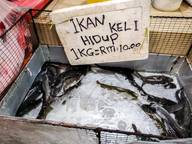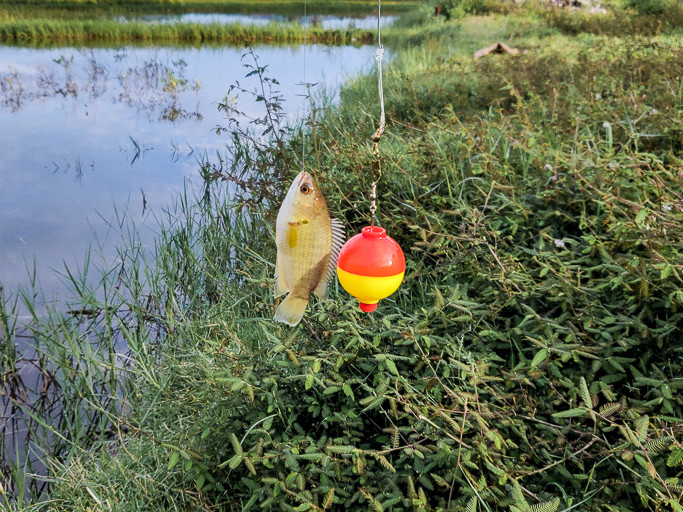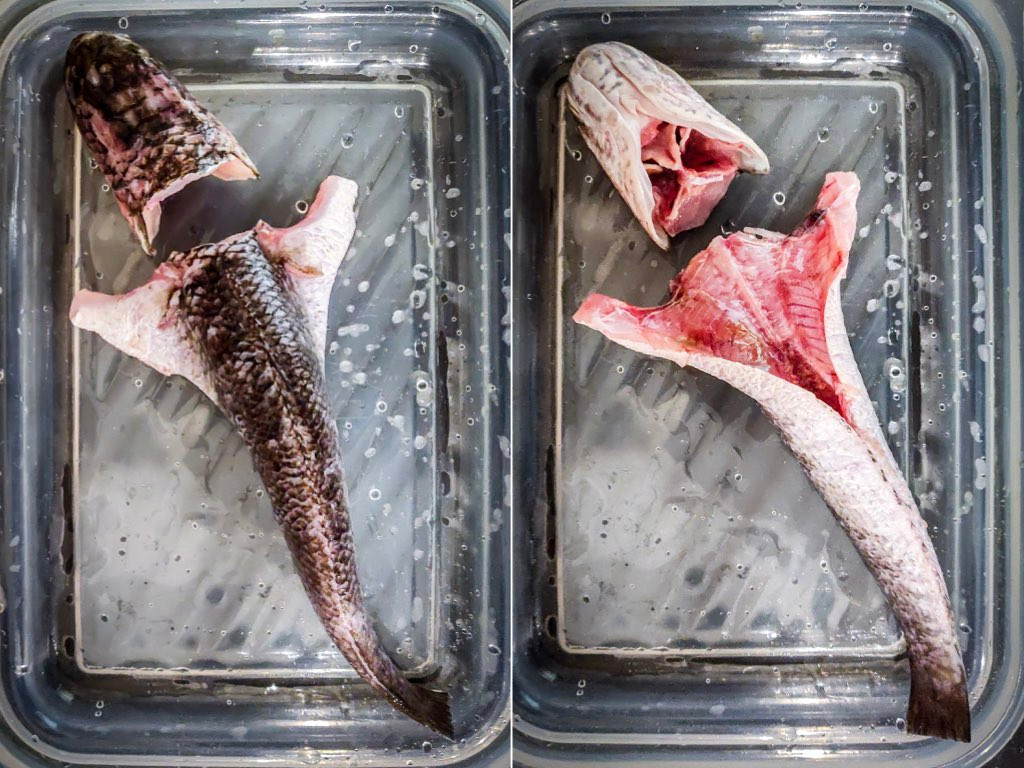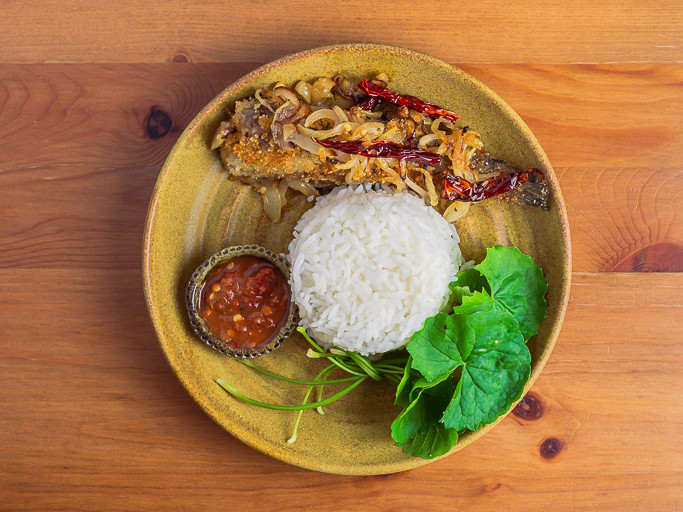The science and joys of making pekasam
by Tunku Muhammad Tunku Farahat22 Jan 2021
Fermented seafood rarely flies under the radar of many Malaysians, but pekasam—in all its firm, sour glory—has been left out of the national food books for too long.
The first time I had pekasam, it had an earthy flavour. Maybe it was tilapia. Some kind of ikan sawah. My late grandmother served it with shaved coconut, boiled keledek, and pulut. My initial thought was: what kind of fish is this? It was crunchy and firm, accompanied by the richness of the coconut followed by a punch of funk which pushed me away at first, then drew me back in.
Fish has always played a big part in the Malaysian diet, despite its quick-spoiling nature in our humid climate. Before refrigeration and other modern processing methods like canning came along, our Malaysian ancestors worked their way around food scarcity by preserving and fermenting.
In the coastal areas of Peninsular Malaysia, saltwater fish was dried in the sun then slathered in salt, drawing out the moisture to create a stable, preserved protein source. You might know this as ikan masin. But for states that depended on freshwater fish, a new method of preservation was needed to combat the scarcity of food that could prevail in the months after the rainy season.
Hence biopreservation was born, and pekasam is one of its most tasty success stories. Pekasam is an ancient and traditional fermented food consumed mostly in the states of Kedah, Perlis, Perak and sometimes in Kelantan. (The Kadazandusun-Murut community has their own version of the dish called nonsom.)
It starts life as freshwater fish—commonly used fish include ikan sepat (three spot gourami), ikan puyu (climbing perch), ikan tilapia, ikan keli (catfish), and ikan haruan (snakehead). Each type of fish has its own texture and flavour but pekasam haruan is considered the mildest in flavour, compared to puyu or keli, which have an earthy flavour that can be an acquired taste. In Perak, the abundance of a perch-like fish called ikan lomah is more commonly used.
The chosen fish is then eviscerated, cleaned and generously salted for the first fermentation of 36 hours to draw out moisture and get rid of any bad bacteria. Meanwhile, fragrant rice is toasted till golden brown, then ground into a fine powder with palm sugar and salt. After 36 hours, the salt is washed off from the fish and the toasted rice powder is rubbed into every single crevice. The pekasam is then left to ferment for two to three weeks in an air-tight container, and this is when the magic happens.
This secondary stage of fermentation causes the Lactobacillus spp. bacteria to produce lactic acid, creating an acidic environment that doesn’t allow for putrefying bacteria to grow. The carbohydrate source from the rice supports the growth of lactobacilli and helps to mask the fishy smell. The lactobacilli producing organic acids as a metabolite contributes to the overall fragrance and flavour of pekasam. Finally, the breakdown of protein to peptides and amines are also a product of the acidic environment which contribute to the mouthfeel and flavour of the fish.
Just like belacan or cencaluk, the resulting pekasam has a distinct sour funk that defies description. And though the process necessarily involves copious amounts of salt, pekasam is not meant to be overwhelmingly salty like ikan masin. It should be just nicely salty, and mainly sour. The fish itself has a firm bite, due to the loss of moisture from the fermenting process that tightens its protein structure.
Pekasam is usually enjoyed deep-fried with shallots and chillies, and eaten as a side dish accompanied by rice or glutinous rice. The outer coating of toasted fragrant rice powder gives it a crunchy bite when eating with hot sticky rice alongside coconut shavings—a must-try combination for first-timers.
Beyond being delicious, fermented foods are famously nutritious. Pekasam’s fermentation process may kill off some beneficial bacteria, but others remain. Plus, fish is high in protein, and fermentation breaks the proteins down into more easily digestible peptides. Fish bones are also rich in minerals such as calcium, zinc and phosphorus, and become softer and more munchable after being fermented.
And while pekasam is most commonly known as the fermented fish product, it also refers to the processing method. Fermenting with rice can be used with other meats such as beef and chicken, a trend that is fairly new and gaining popularity. For land meats, fermentation only takes two to three days.
See our pekasam recipe here.
**
Tunku Muhammad Tunku Farahat is a student of Dietetics with Nutrition at International Medical University with an interest in fermentation. He is also an abstract artist and writer.
Read next
The 101: Fermentation with pangi seeds
A guide to preserving with pangi

Eat your feelings: How do I reclaim my favourite dish?
A reader can't eat her favourite dish

The making of budu, our underrated condiment
A spotlight on budu







